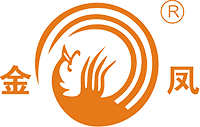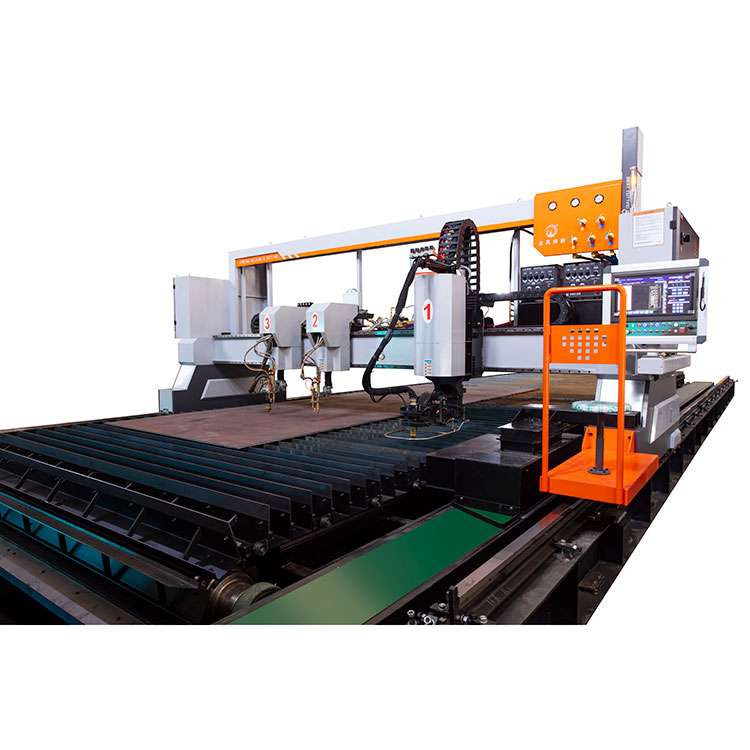 English
English Español
Español  Português
Português  русский
русский  Français
Français  日本語
日本語  Deutsch
Deutsch  tiếng Việt
tiếng Việt  Italiano
Italiano  Nederlands
Nederlands  ภาษาไทย
ภาษาไทย  Polski
Polski  한국어
한국어  Svenska
Svenska  magyar
magyar  Malay
Malay  বাংলা ভাষার
বাংলা ভাষার  Dansk
Dansk  Suomi
Suomi  हिन्दी
हिन्दी  Pilipino
Pilipino  Türkçe
Türkçe  Gaeilge
Gaeilge  العربية
العربية  Indonesia
Indonesia  Norsk
Norsk  تمل
تمل  český
český  ελληνικά
ελληνικά  український
український  Javanese
Javanese  فارسی
فارسی  தமிழ்
தமிழ்  తెలుగు
తెలుగు  नेपाली
नेपाली  Burmese
Burmese  български
български  ລາວ
ລາວ  Latine
Latine  Қазақша
Қазақша  Euskal
Euskal  Azərbaycan
Azərbaycan  Slovenský jazyk
Slovenský jazyk  Македонски
Македонски  Lietuvos
Lietuvos  Eesti Keel
Eesti Keel  Română
Română  Slovenski
Slovenski  मराठी
मराठी  Srpski језик
Srpski језик
How To Choose Between Plasma And Laser Cutting For Metal Plates
2025-08-25
What questions should you ask when deciding between plasma and laser cutting for your metal fabrication needs? As someone with over two decades of experience helping manufacturers optimize their operations, I often see clients struggling with this exact dilemma. The choice ultimately depends on your material types, production requirements, and quality expectations.
What Are The Key Differences Between Plasma and Laser Cutting
How do these technologies actually differ in practice? Plasma cutting uses a high-velocity jet of ionized gas that melts through metal, making it ideal for thicker materials. Laser cutting employs a focused beam of light to vaporize material, delivering exceptional precision on thinner plates. Many of our long-term clients at JINFENG report that each technology has its distinct advantages depending on their specific applications.
Which Technology Handles Different Materials Better
What materials are you working with regularly? This question often determines the optimal solution. Our JINFENG plate cutting machines with plasma technology excel with:
-
Carbon steel (up to 6 inches thick)
-
Stainless steel (up to 4 inches thick)
-
Aluminum (up to 3 inches thick)
Meanwhile, our laser plate cutting machines provide superior results on:
-
Thin-gauge metals (24 gauge to 1/2 inch)
-
Precision components requiring minimal heat affect
-
Reflective metals with specialized laser sources
What Production Speed Factors Should You Consider
How important is throughput for your operation? The answer significantly impacts your technology choice. Our JINFENG customers have found that plasma and laser systems offer distinct advantages in different scenarios:
| Performance Metric | Plasma Cutting | Laser Cutting |
|---|---|---|
| Cutting Speed (1/2" mild steel) | 180-250 IPM | 400-600 IPM |
| Maximum Thickness (carbon steel) | Up to 6 inches | Up to 1 inch |
| Power Consumption | 60-100 Amps | 4-6 kW |
| Operating Cost Per Hour | $15-25 | $30-45 |
| Typical Tolerance | ±0.020" | ±0.005" |
| Heat Affected Zone | 0.045-0.060" | 0.015-0.030" |
What Accuracy and Finish Quality Do You Require
How critical are tight tolerances and edge quality for your finished products? This consideration often sways the decision toward one technology. Laser plate cutting machines typically achieve ±0.005" tolerances, while plasma systems maintain ±0.020" tolerances. The JINFENG precision laser series delivers exceptional edge quality that often eliminates secondary finishing operations, saving both time and labor costs.
What Operational Costs Should You Anticipate
What is your total budget including operational expenses? Beyond the initial investment, consider these factors:
-
Power consumption: Laser systems typically consume 25-35% more energy
-
Consumable parts: Plasma systems require more frequent nozzle and electrode replacements
-
Maintenance requirements: Laser systems need regular optical component inspection and calibration
JINFENG plate cutting machines are engineered for reduced operational costs, with many clients reporting 18-22% lower operating expenses compared to industry averages.
Why Consider JINFENG Plate Cutting Machines
What makes our equipment stand out in a competitive market? Having worked with hundreds of manufacturing facilities, I've witnessed how JINFENG integrates the best of both technologies while addressing common pain points:
-
Advanced cooling systems that extend component life by 40%
-
Intelligent software that optimizes cut paths for material efficiency
-
Remote monitoring capabilities that reduce downtime through predictive maintenance
Our plate cutting machines represent over three decades of innovation specifically targeting the challenges metal fabricators face daily.
What Support Services Should You Expect
How comprehensive is the support after your purchase? The best technology underperforms without proper training and maintenance support. JINFENG provides:
-
On-site installation and operator training
-
24/7 technical support with average response under 2 hours
-
Preventive maintenance programs that reduce unexpected downtime by up to 60%
We understand that your plate cutting machines are critical investments, and our support reflects that importance.
Are you ready to determine which cutting technology best serves your specific needs? Our technical team at JINFENG brings decades of application expertise to help you optimize your metal fabrication process. Contact us today for a personalized assessment and demonstration using your actual material samples.





